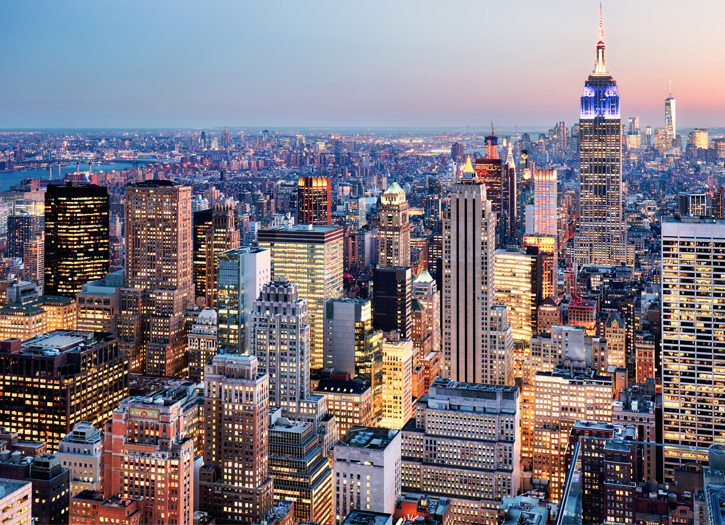The first case of COVID-19 in the U.S. state of New York during the pandemic was confirmed on March 1, 2020, and the state quickly became an epicenter of the pandemic, with a record 12,274 new cases reported on April 4. By April 10, New York had more confirmed cases than any other country besides its own, but since then the outbreak has been mostly controlled in the state. As of September 25, 2020, the state has reported 10.3 million tests, with 453,755 positive cases, and 25,446 deaths.As of September 26, 2020, the state of New York has the fourth-highest number of confirmed cases in the United States, and the fourteenth-highest number of confirmed cases per capita. It has the highest count of deaths related to the virus.
On March 11, Cuomo announced that the City University of New York and State University of New York schools would be closed for the following week, from March 12 to 19. These college systems would move most classes to an online-based system starting March 19, and continuing through the rest of the spring semester. Dormitories will remain open for students “who cannot return home for hardship reasons. On March 24, Cuomo stated that “The apex is higher than we thought and the apex is sooner than we thought.” He warned there was not enough assistance from the federal government and that the state had 25,000 cases and at least 210 deaths.
On March 13, all public schools in Herkimer County announced they, too, would close until April 14. The county B.O.C.E.S. program and all its participating school districts’ superintendents met and unanimously voted for the decision less than a day after the first confirmed case had been announced in the county. That day, pressure from the teachers union (reported as “furious” about the schools remaining opened) and some city council members was mounting on the Mayor of New York City to close schools.
President Trump said that he was considering imposing an “enforceable” quarantine on New York. He later announced: “On the recommendation of the White House CoronaVirus Task Force, and upon consultation with the Governor’s of New York, New Jersey and Connecticut, I have asked the @CDCgov to issue a strong Travel Advisory, to be administered by the Governors, in consultation with the Federal Government. A quarantine will not be necessary.” Governor Cuomo threatened Rhode Island Governor Gina Raimondo with a lawsuit over a new state quarantine policy, which would make sure people from New York would self-quarantine for 14 days upon arrival in Rhode Island. By September 5, New York had maintained 30 straight days with an infection rate below 1 percent, at 0.80%.
The New York State Democratic presidential primary—along with special elections in the 27th congressional district; the 50th senate district; and the 12th, 31st, and 136th assembly districts—were originally scheduled for April 28. On March 13, Senator Skoufis proposed legislation to move these elections to June 23. The intent was to mitigate the spread of the coronavirus. On March 28, the New York State Board of Elections and Governor Cuomo postponed the elections to June 23.Subsequently, the Democratic presidential primary was canceled altogether, and most of the special elections were postponed until the general election in November.
On August 17, Cuomo announced gyms and fitness centers would be able to reopen starting August 24 and no later than September 2. Gyms would be required to limit their capacity to 33%, mandate mask wearing at all times, as well as having proper ventilation systems.As of August 18, some types of businesses have not been allowed to open regardless of the phase, including but not limited to concert venues, nightclubs, and arenas.Self-quarantines for persons who test positive or are symptomatic are not enforced due to a lack of resources.
Several New York City area nurses expressed concerns that patients are not complying with self-quarantine guidelines, due to financial necessity or fear of losing their jobs. A New York State Nurses Association board member expressed concern that low-income patients who share rooms with other individuals may not be able to effectively self-isolate at their residences.







Add Comment
You must be logged in to post a comment.